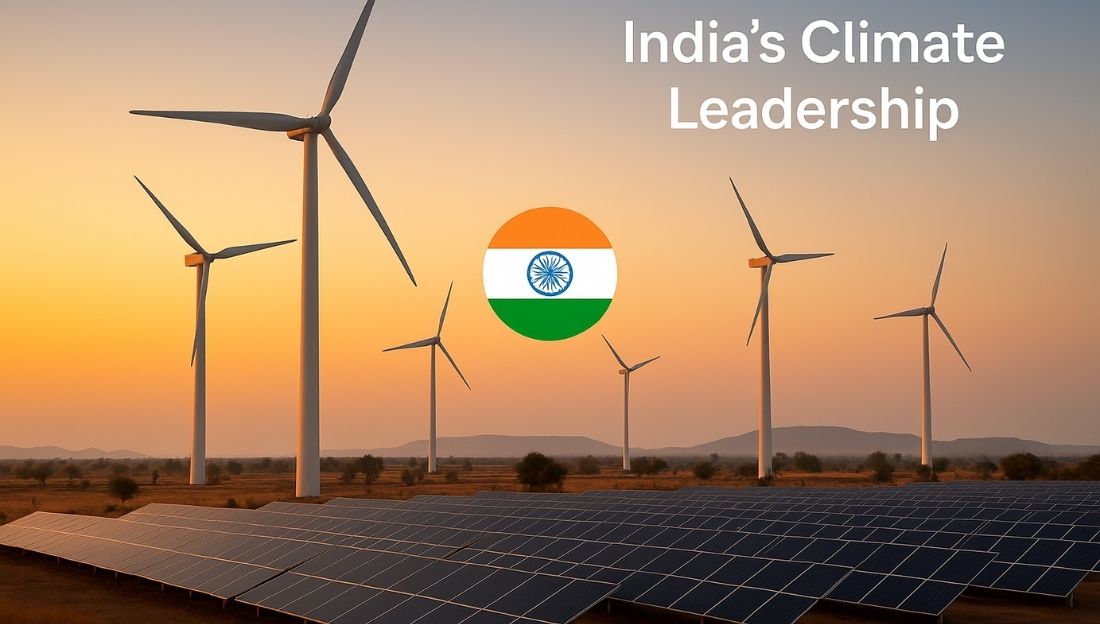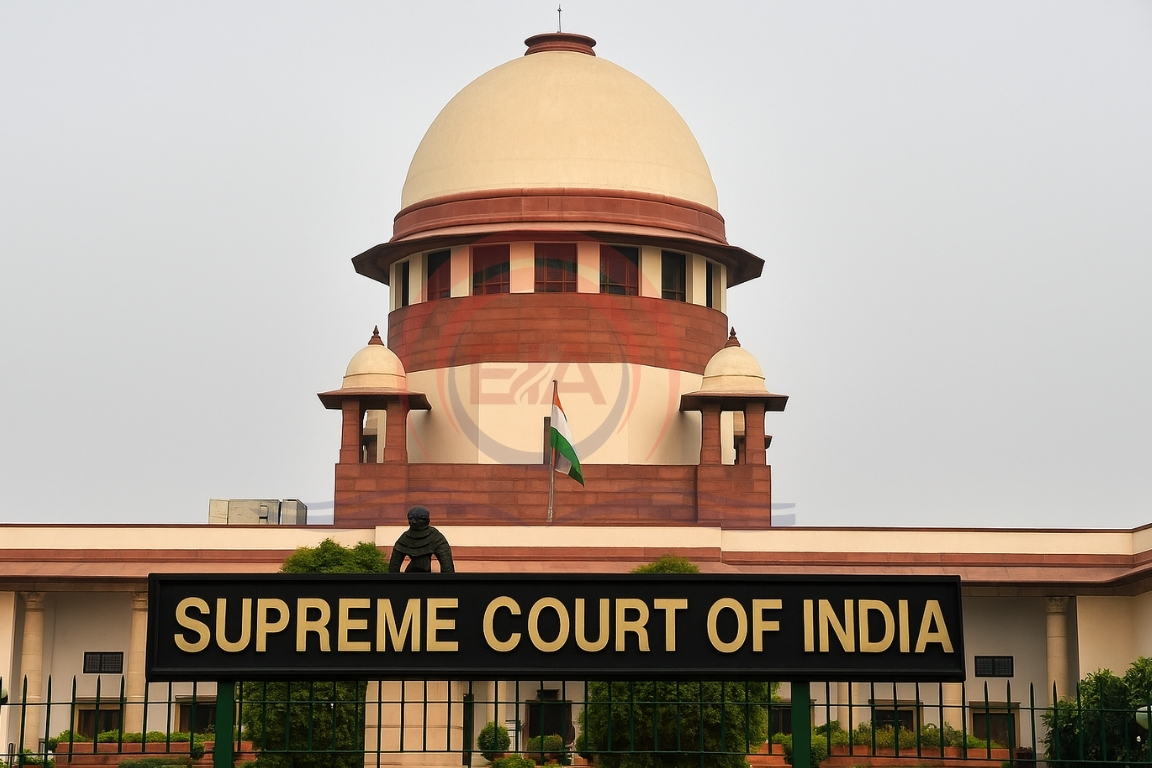The Indian government has announced greenhouse gas emissions intensity targets under its Carbon Credit Trading Scheme (CCTS) for eight major industrial sectors. Experts are assessing whether these targets are strong enough to support India’s climate goals, especially its 2070 net-zero commitment.
What are Carbon Credits?
- A carbon credit is a permit that allows a country, company, or organization to emit one tonne of carbon dioxide (CO₂) or an equivalent amount of another greenhouse gas (GHG).
- It is a tool used to limit greenhouse gas emissions and fight climate change.
- Carbon credits are earned when an entity reduces or avoids emissions, like by planting trees, using renewable energy, or improving energy efficiency.
- These credits can be sold to other entities that have exceeded their emission limits.
What is CCTS?
- The Carbon Credit Trading Scheme is a compliance mechanism where industries can buy or sell emission credits based on their performance.
- It covers eight major sectors: aluminium, cement, paper and pulp, chlor-alkali, iron and steel, textile, petrochemicals, and refineries.

Why Overall Impact Matters
- Experts argue that evaluating individual sector or company targets doesn’t show the full picture.
- It’s the economy-wide reduction in emissions intensity that truly matters for climate goals.
- This approach is better suited to measure whether India is moving towards its net-zero 2070 target.
Learning from the PAT Scheme
- India’s earlier Perform, Achieve and Trade (PAT) programme showed mixed performance at the entity and sector levels.
- Even when some sectors became less energy-efficient, overall energy intensity for the economy improved.
- This was due to the success of market mechanisms where efficient companies sold their extra credits to others.
How Ambitious are the CCTS Targets?
- Based on preliminary modelling, emission intensity in India’s manufacturing sector is expected to reduce by 2.53% annually between 2025–30.
- However, under the current CCTS targets, the projected annual reduction is only about 1.68% (2023–27), which may fall short.
- This suggests that industrial decarbonisation is slower compared to sectors like energy, which have more affordable mitigation options.
HOW CARBON CREDIT TRADING WORKS
- Suppose Company A emits less CO₂ than its allowed limit.
- It earns carbon credits for those unused emissions.
- Company B, which emits more than its limit, can buy these credits from Company A.
- This process is called Carbon Trading or Emissions Trading.
What Does the UNFCCC Say About Carbon Credit Trade?
- The United Nations Framework Convention on Climate Change (UNFCCC) governs global climate actions and has guidelines for carbon credit trade under its agreements:
Kyoto Protocol (1997) – First formal system
Introduced three market-based mechanisms:
- Clean Development Mechanism (CDM):
Developed countries can invest in emission-reduction projects in developing countries and earn credits. - Joint Implementation (JI):
Countries can work together to meet targets by sharing emission-reducing projects. - International Emissions Trading (IET):
Countries with extra emission units can trade with those that exceed their targets.
Paris Agreement (2015) – Article 6
- Focuses on voluntary cooperation among countries to meet their Nationally Determined Contributions (NDCs).
- Encourages use of Internationally Transferred Mitigation Outcomes (ITMOs) (like carbon credits) to meet targets.
- Promotes sustainable development and environmental integrity.
- Countries must track, report, and ensure transparency in carbon trading.
Conclusion:
The current targets under the CCTS may not be aggressive enough to meet India’s climate ambitions. A more meaningful assessment must focus on aggregate national-level emission reduction, aligned with the 2030 NDC goals and the 2070 net-zero path.





